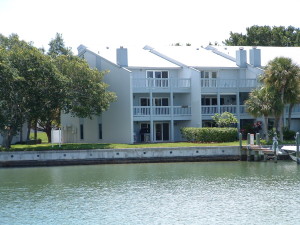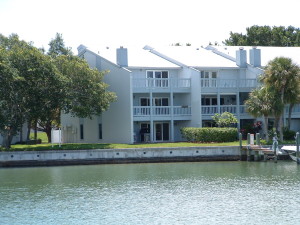
Approved Living Area
Appraisers are required in the normal course of business to accurately report improvements. Inclusive in the requirements is the overall square footage. This includes the “FEMA approved living area appraisal”. Depending on the scope of work, it is typical to include the actual measurements. Therefore, in residential appraising the living area is of particular interest as living area is often the driving source in determining market value. What constitutes living area? In valuing residential improvements legal permissibility is a requirement in establishing highest and best use. That legal permissibility then flows to the improvements. This is where the FEMA requirements come into play.
Flood Prone Areas
Identified flood prone areas, have mandatory elevation requirements. New construction codes require the land to be elevated or the living area elevated by the lower level of non living space. In many buildings this area is used for parking or storage. For instance, the homeowner elects to finish this lower area with drywall, floor cover, bathroom facilities, electrical, plumbing maybe even a kitchen or bar area. As a result, upon inspection the finishes can become an issue. Often the homeowner decides to sell and wants livable area value for these illegal improvements.
An Appraisal Issue
When the Appraiser is ordered to appraise a structure with illegal improvements an appraisal issue occurs. The illegal improvements cannot be included in the living area. The illegal improvements must be broken out on a separate line item. It is therefore up to the appraiser how these improvements are handled. I’ve seen appraisers give value for the improvements based on market reaction. Valuing the improvement is accomplished by isolating comparable sales with illegal improvements. I’ve seen appraisals where the appraiser gave no value due to the illegal use. In some cases the appraiser will give a negative value (yes minus) due to the cost to remove the illegal improvements.
